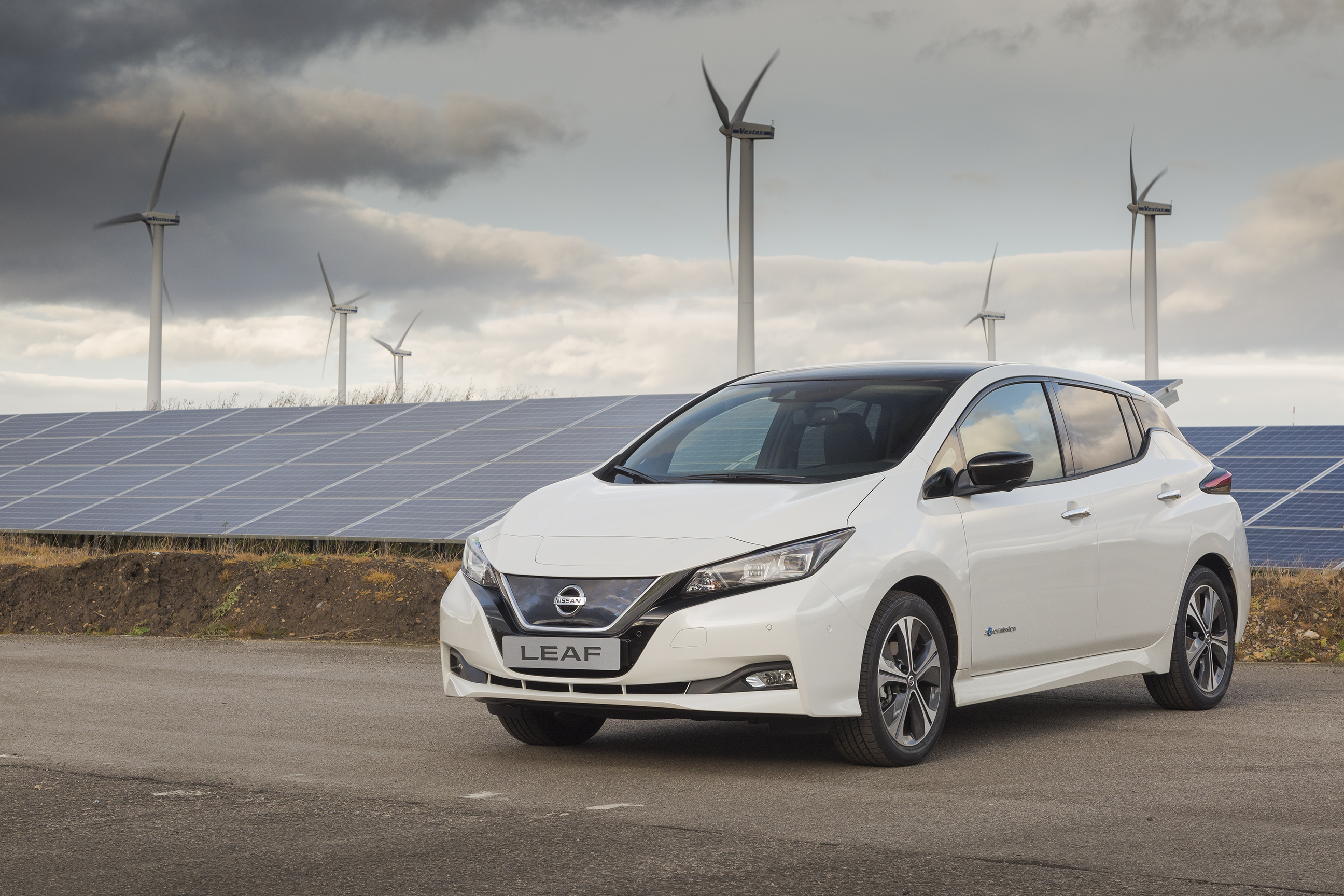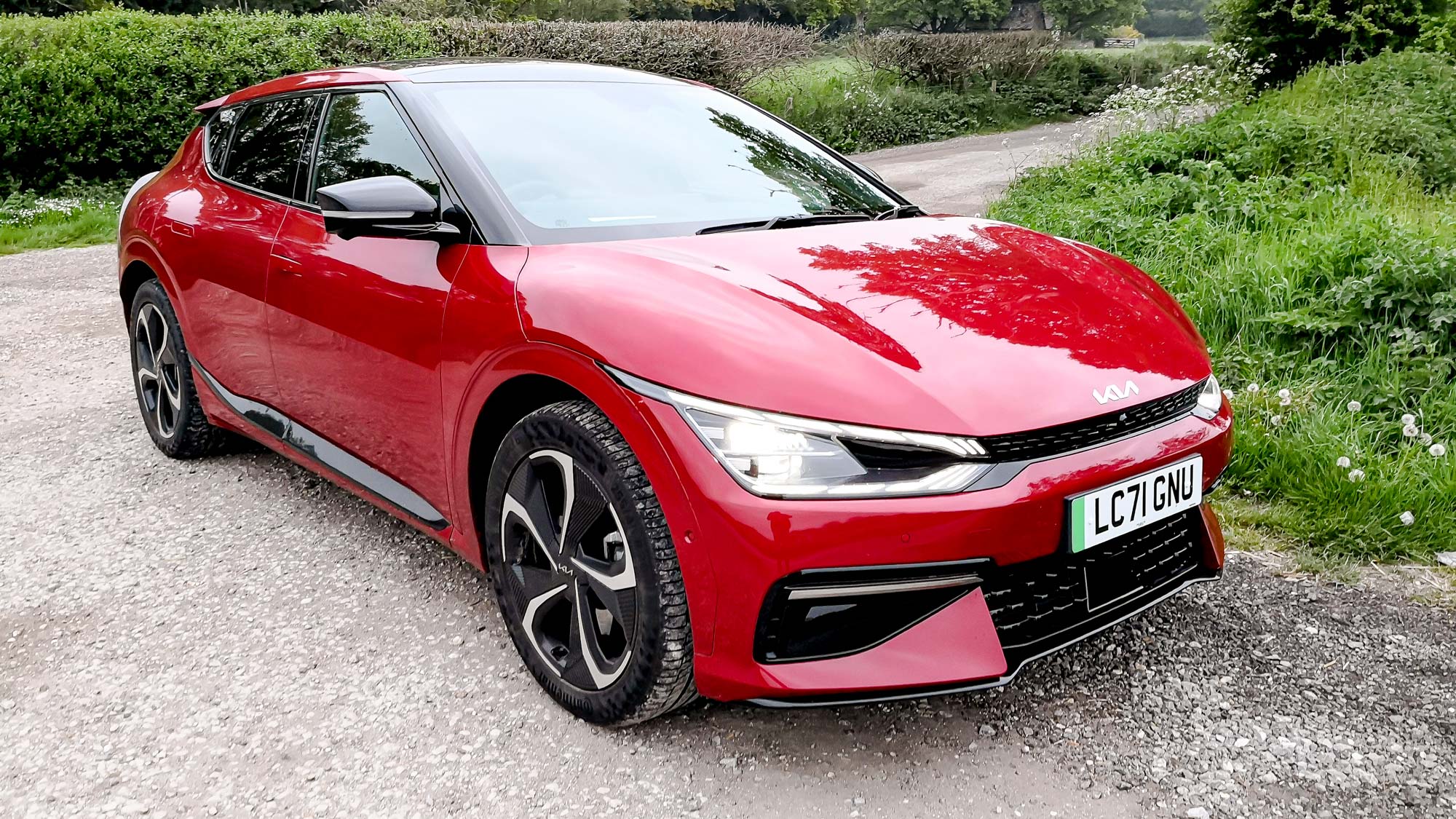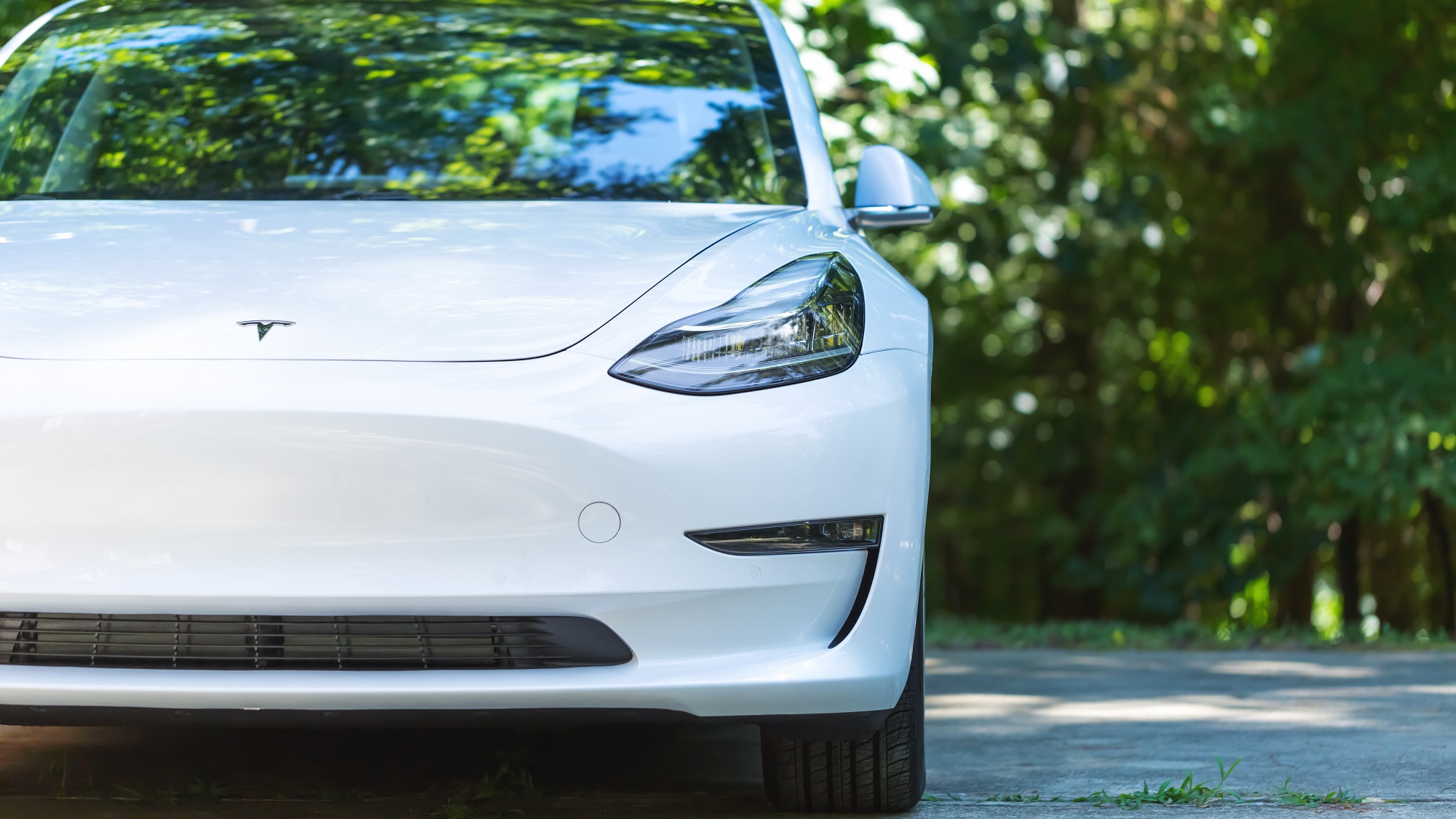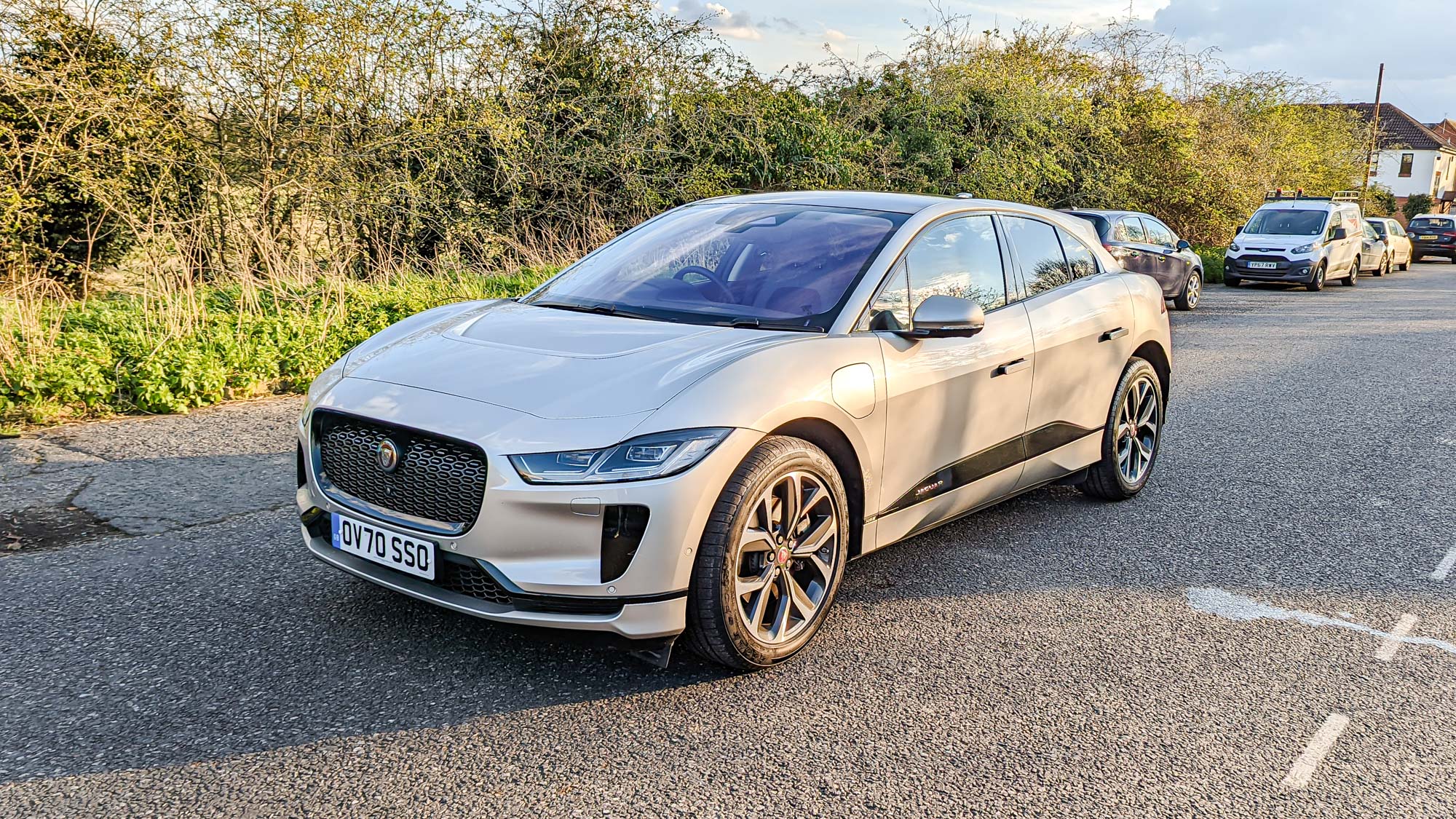What is regenerative braking and how does it work?
Hybrid and electric cars can regain some lost power, but how does it work?

The best electric cars come with a lot of impressive features, but one of the most interesting is the regenerative braking system. The idea is that you can recuperate some of the lost electricity, sending it back into the battery to be used later.
If you’ve never driven an electric car, or even a hybrid, then this concept might be completely new to you. Even if it’s not, you may not be aware of how regenerative braking works or the scope of what it can actually do. So what is regenerative braking exactly, and how does it work?
What is regenerative braking?

Regenerative braking is a system in which an electrified vehicle, be it a fully-fledged electric car or a hybrid, reclaims kinetic energy as the car slows down. That energy is then used to recharge the main battery, ready to be used later.
Some non-hybrid cars do offer some sort of regenerative braking. However it only happens in quantities that are barely noticeable, and the captured energy is pumped into your 12V battery. The majority of your kinetic energy is lost to heat as the brake pads slow your car down.
The regenerative braking in electrified cars is much more noticeable and beneficial. While you can’t reclaim all the car’s kinetic energy as you brake, the reclaimed power can make a difference to your overall battery level. That extra power can be utilized in the future, improving your gas mileage or electrical range in the process.
How does regenerative braking work?

When you hit the brakes in your car, hydraulic fluid squeezes your brake pads against the brake disc — which is rotating with your wheels. The two coming together produces friction, which slows the car down or brings it to a halt. The regular brakes in an electric car work the same way, but regenerative braking is a different system.
Regenerative braking kicks in as soon as the driver takes their foot off the accelerator pedal. The electric motor, which powers your wheels, then switches directions and begins running in reverse — sending power back into the battery.
Get instant access to breaking news, the hottest reviews, great deals and helpful tips.
In simple terms, the wheels become a miniature generator, producing electricity as the motor’s magnetic field rotates through the stationary stature. It’s the same way the alternator in an internal combustion engine produces power for the 12V battery.
This process also produces resistance, which slows you down, and the stronger the regeneration the faster the deceleration will be. The benefits here are that it takes the pressure off the brake pads, extending their life and the life of the system as a whole. It’s also the principle behind one-pedal driving systems, which is one of the best features electric cars have to offer.
How much energy can you get from regenerative braking?

The amount of energy a regenerative braking system will recoup varies from car to car and situation to situation. No system can offer 100% regeneration, since it would break the laws of physics.
The system will also be less effective if you have a full battery, since there’s nowhere for the power to actually go. But done right, you will see an electric car's range estimate and battery percentage tick upwards from time to time.
Different cars offer different levels of regenerative braking, and different ways of customizing it. Some cars, like a Tesla or Jaguar I-Pace, only let you adjust the level of regenerative braking by doing a deep dive into the settings. So you have to set it up before you drive, and stick with it for the duration of the journey.
The likes of the Hyundai IONIQ 5 and Kia EV6 have paddles behind the steering wheel that shift the regeneration strength up and down on the fly. Meanwhile, the Nissan Leaf has two options, with the “e-Pedal” activating the one-pedal driving mode and the “B” gear that increases the level of regen while still requiring regular brake usage.
No matter the car, or how you set it up, physically hitting the brakes will kickstart the regenerative braking system — adding power back to the battery automatically.
Bottom Line
Regenerative braking isn’t going to add hundreds of miles of range to your car, nor will it be particularly useful on long interrupted stretches of highway. But it will make those shorter journeys more efficient than they would be otherwise, especially if you’ve managed to anger the traffic light gods.
Granted there are still a lot of things you need to do to maximize your EV range, especially if you’re driving in cold weather. Likewise, hybrid drivers will find regenerative braking is a big help towards improving your gas mileage, but there are plenty more things you can do to lower your gas consumption. All in to make sure you spend less time on how to find cheap gas or to find an EV charging station.
But passive as it may be some of the time, it’s still a pretty useful feature to have in your car — be it fully electric or some kind of hybrid. After all, the only alternative is to let all that energy go to waste, and who’d want that?

Tom is the Tom's Guide's UK Phones Editor, tackling the latest smartphone news and vocally expressing his opinions about upcoming features or changes. It's long way from his days as editor of Gizmodo UK, when pretty much everything was on the table. He’s usually found trying to squeeze another giant Lego set onto the shelf, draining very large cups of coffee, or complaining about how terrible his Smart TV is.
